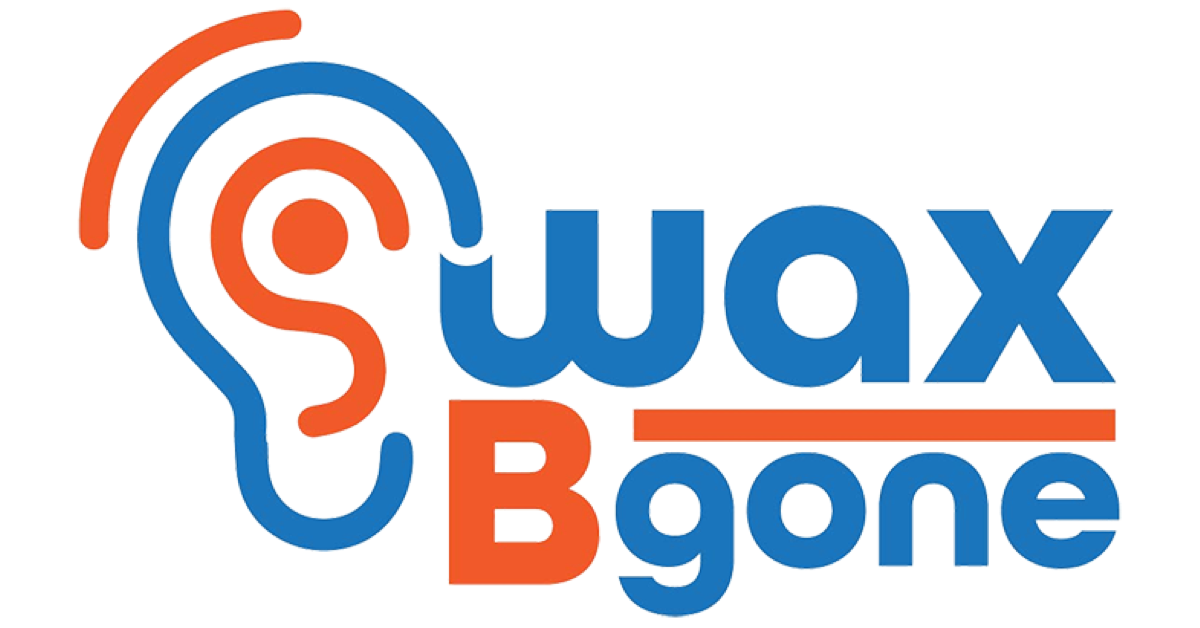Earwax plays an important role in protecting the ear from infections and other foreign substances that may enter it. But did you know that there are different types of earwax? In this blog, we will discuss the different types of earwax and how to identify which type you have.
- Wet earwax (Type A)
Wet earwax, also known as type A, is typically found in people of Asian and Native American descent. This type of earwax is typically yellow or brown in color and has a sticky texture. People with wet earwax may have a higher risk of body odor because the same gene that produces wet earwax is also responsible for the production of a chemical in sweat that is associated with body odor.
- Dry earwax (Type B)
Dry earwax, also known as type B, is typically found in people of African and European descent. This type of earwax is typically gray or tan in color and has a flaky texture. People with dry earwax may be more prone to earwax blockages because the dry texture can cause it to accumulate more easily.
- Sticky earwax (Type AB)
Sticky earwax, also known as type AB, is a combination of wet and dry earwax. This type of earwax is typically found in people who are of Asian or Native American descent, but it can also be found in people of other ethnicities. Sticky earwax is typically light yellow in color and has a texture that is somewhere between wet and dry earwax.
How to identify your type of earwax?
The easiest way to identify your type of earwax is to look at it. You can do this by using an otoscope and looking into the ear or by using a clean tissue or cotton swab to gently wipe the inside of your ear. If the earwax is sticky and yellow, you most likely have wet earwax (type A). If the earwax is dry and flaky, you most likely have dry earwax (type B). If the earwax is light yellow and has a texture that is somewhere between wet and dry, you most likely have sticky earwax (type AB).
How does the type of earwax influence the best way to remove it
In every case it is best to use ear drops to first soften the wax, and then gently flush it out with warm water. The Wet earwax (Type A) is typically the easier to remove than the dry earwax (Type B). It's important to avoid using any kit that requires you to stick a tool into your ear. Cotton swabs, ear curettes and spiral tools can push the wax further into the ear canal and cause damage.
Please note that while the type of earwax you have is determined by genetics, certain factors such as age, diet, and hygiene can affect the amount and texture of earwax produced.
In conclusion, understanding the different types of earwax is important because it can help you identify any potential issues with earwax blockages or infections. Knowing your type of earwax can also help you determine the best way to clean your ears and prevent any unnecessary damage to your ear canal. If you have any concerns about your earwax or are experiencing any symptoms such as hearing loss, pain, or discharge, it's important to seek medical advice from a qualified healthcare professional.
To check out a full line of our products visit our website: https://www.waxbgone.com/collections/collection-all
